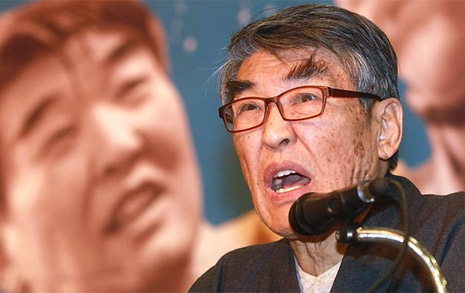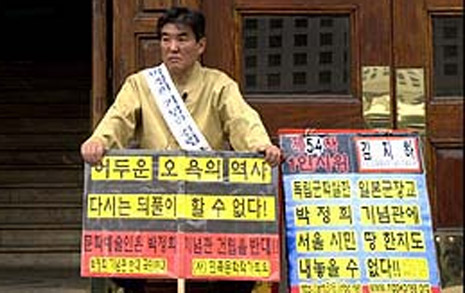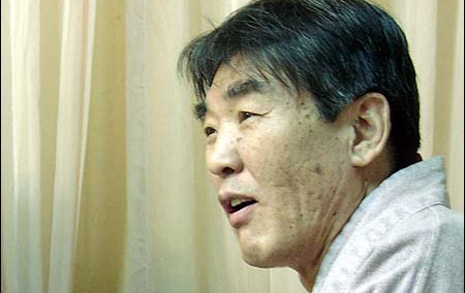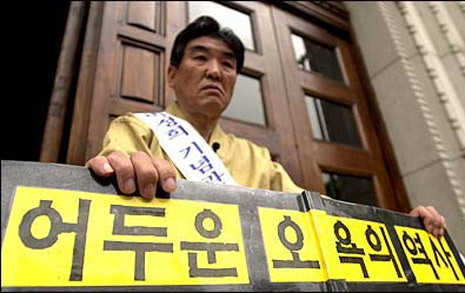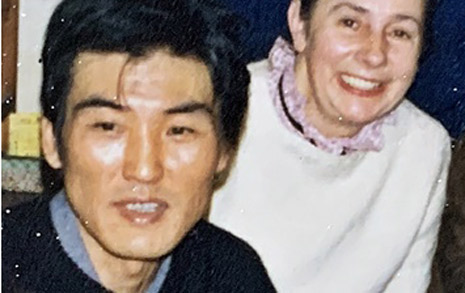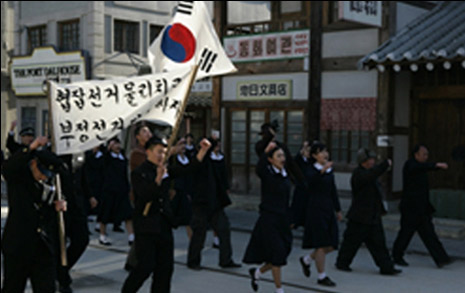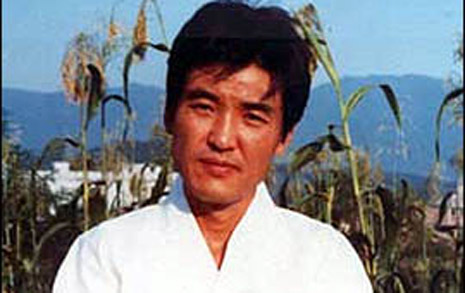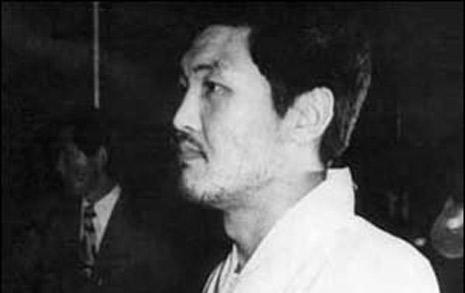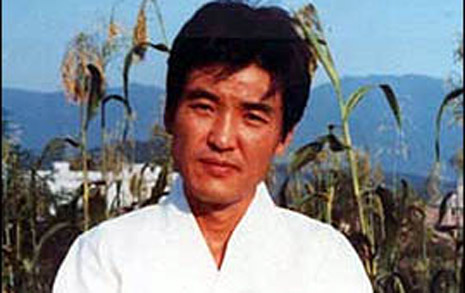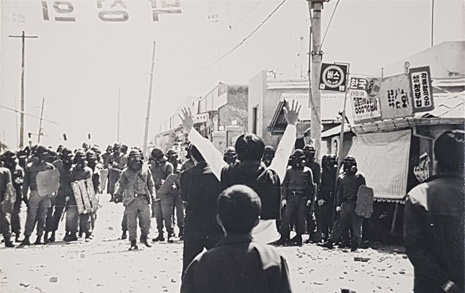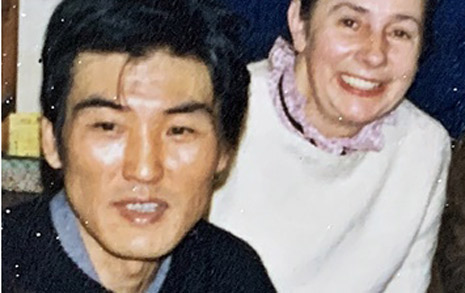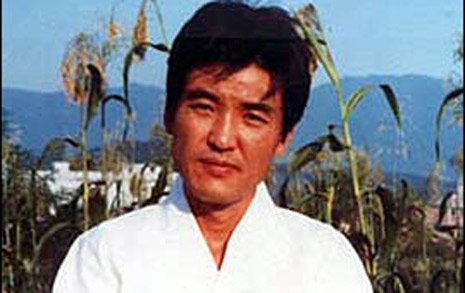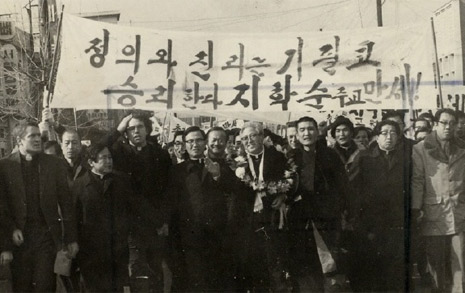Results for “Henry Corbin”
5,787 results in English. View all language results.
Ebooks
194 resultsView More
Skip carousel
Carousel Next
Jung, Buddhism, and the Incarnation of Sophia: Unpublished Writings from the Philosopher of the Soul

Ebook
Jung, Buddhism, and the Incarnation of Sophia: Unpublished Writings from the Philosopher of the SoulbyHenry Corbin
Rating: 4 out of 5 stars
4/5
Save Jung, Buddhism, and the Incarnation of Sophia: Unpublished Writings from the Philosopher of the Soul for later
Contemplation of the Holy Mysteries: The Mashahid al-asrar of Ibn 'Arabi

Ebook
Contemplation of the Holy Mysteries: The Mashahid al-asrar of Ibn 'ArabibyMuhyiddin Ibn 'Arabi
Rating: 4.5 out of 5 stars
4.5/5
Save Contemplation of the Holy Mysteries: The Mashahid al-asrar of Ibn 'Arabi for later
Shamanic Wisdom in the Pyramid Texts: The Mystical Tradition of Ancient Egypt

Ebook
Shamanic Wisdom in the Pyramid Texts: The Mystical Tradition of Ancient EgyptbyJeremy Naydler
Rating: 5 out of 5 stars
5/5
Save Shamanic Wisdom in the Pyramid Texts: The Mystical Tradition of Ancient Egypt for later
The Four Pillars of Spiritual Transformation: The Adornment of the Spiritually Transformed (Hilyat al-abdal)

Ebook
The Four Pillars of Spiritual Transformation: The Adornment of the Spiritually Transformed (Hilyat al-abdal)byMuhyiddin Ibn 'Arabi
Rating: 4 out of 5 stars
4/5
Save The Four Pillars of Spiritual Transformation: The Adornment of the Spiritually Transformed (Hilyat al-abdal) for later
Science & Consciousness: Two Views of the Universe

Ebook
Science & Consciousness: Two Views of the UniversebyElsevier Books Reference
Rating: 0 out of 5 stars
0 ratings
Save Science & Consciousness: Two Views of the Universe for later
Old English Medical Remedies: Mandrake, Wormwood and Raven's Eye

Ebook
Old English Medical Remedies: Mandrake, Wormwood and Raven's EyebySinéad Spearing
Rating: 5 out of 5 stars
5/5
Save Old English Medical Remedies: Mandrake, Wormwood and Raven's Eye for later
Cosmic Music: Musical Keys to the Interpretation of Reality
Ebook
Cosmic Music: Musical Keys to the Interpretation of RealitybySimon & Schuster Distribution
Rating: 0 out of 5 stars
0 ratings
Save Cosmic Music: Musical Keys to the Interpretation of Reality for later
Gaia Alchemy: The Reuniting of Science, Psyche, and Soul
Ebook
Gaia Alchemy: The Reuniting of Science, Psyche, and SoulbyStephan Harding
Rating: 0 out of 5 stars
0 ratings
Save Gaia Alchemy: The Reuniting of Science, Psyche, and Soul for later
Between the Gates: Lucid Dreaming, Astral Projection, and the Body of Light in Western Esotericism
Ebook
Between the Gates: Lucid Dreaming, Astral Projection, and the Body of Light in Western EsotericismbyMark Stavish
Rating: 4.5 out of 5 stars
4.5/5
Save Between the Gates: Lucid Dreaming, Astral Projection, and the Body of Light in Western Esotericism for later
Ibn 'Arabi: Heir to the Prophets
Ebook
Ibn 'Arabi: Heir to the ProphetsbyWilliam C. Chittick
Rating: 3 out of 5 stars
3/5
Save Ibn 'Arabi: Heir to the Prophets for later
Lost Knowledge of the Imagination
Ebook
Lost Knowledge of the ImaginationbyGary Lachman
Rating: 4.5 out of 5 stars
4.5/5
Save Lost Knowledge of the Imagination for later
The Path of God's Bondsmen from Origin to Return [translated]
Ebook
The Path of God's Bondsmen from Origin to Return [translated]byNajm Al-Din Razi
Rating: 4 out of 5 stars
4/5
Save The Path of God's Bondsmen from Origin to Return [translated] for later
Ibn 'Arabi and Modern Thought: The History of Taking Metaphysics Seriously
Ebook
Ibn 'Arabi and Modern Thought: The History of Taking Metaphysics SeriouslybyPeter Coates
Rating: 5 out of 5 stars
5/5
Save Ibn 'Arabi and Modern Thought: The History of Taking Metaphysics Seriously for later
Mystical Dimensions of Islam
Ebook
Mystical Dimensions of IslambyAnnemarie Schimmel
Rating: 4 out of 5 stars
4/5
Save Mystical Dimensions of Islam for later
Songlines of the Soul: Pathways to a New Vision for a New Century
Ebook
Songlines of the Soul: Pathways to a New Vision for a New CenturybyVeronica Goodchild
Rating: 0 out of 5 stars
0 ratings
Save Songlines of the Soul: Pathways to a New Vision for a New Century for later
The Darkling Halls of Ivy
Ebook
The Darkling Halls of IvybyLawrence Block
Rating: 4 out of 5 stars
4/5
Save The Darkling Halls of Ivy for later
Animal Soul
Ebook
Animal SoulbyJohn C. Woodcock Ph. D.
Rating: 4 out of 5 stars
4/5
Save Animal Soul for later
Journal IV, 1979-1985
Ebook
Journal IV, 1979-1985byMircea Eliade
Rating: 5 out of 5 stars
5/5
Save Journal IV, 1979-1985 for later
A Dictionary of Symbols
Ebook
A Dictionary of SymbolsbyJ.E. Cirlot
Rating: 4 out of 5 stars
4/5
Save A Dictionary of Symbols for later
Seduced by a Dangerous Man
Ebook
Seduced by a Dangerous ManbyCleo Peitsche
Rating: 5 out of 5 stars
5/5
Save Seduced by a Dangerous Man for later
Pam the Jam: The Book of Preserves
Ebook
Pam the Jam: The Book of PreservesbyPam Corbin
Rating: 0 out of 5 stars
0 ratings
Save Pam the Jam: The Book of Preserves for later
Gnostic Tarot: Mandalas for Spiritual Transformation
Ebook
Gnostic Tarot: Mandalas for Spiritual TransformationbyLee Irwin
Rating: 4.5 out of 5 stars
4.5/5
Save Gnostic Tarot: Mandalas for Spiritual Transformation for later
The Crucifixion and the Qur'an: A Study in the History of Muslim Thought
Ebook
The Crucifixion and the Qur'an: A Study in the History of Muslim ThoughtbyTodd Lawson
Rating: 5 out of 5 stars
5/5
Save The Crucifixion and the Qur'an: A Study in the History of Muslim Thought for later
Colour, Light and Wonder in Islamic Art
Ebook
Colour, Light and Wonder in Islamic ArtbyIdries Trevathan
Rating: 0 out of 5 stars
0 ratings
Save Colour, Light and Wonder in Islamic Art for later
The Gospel of Mary Magdalene
Ebook
The Gospel of Mary MagdalenebyJean-Yves Leloup
Rating: 5 out of 5 stars
5/5
Save The Gospel of Mary Magdalene for later
Horror In The Wax Museum
Ebook
Horror In The Wax MuseumbyDrac Von Stoller
Rating: 0 out of 5 stars
0 ratings
Save Horror In The Wax Museum for later
Heidegger in France
Ebook
Heidegger in FrancebyDominique Janicaud
Rating: 0 out of 5 stars
0 ratings
Save Heidegger in France for later
The Secret Teachings of Plants: The Intelligence of the Heart in the Direct Perception of Nature
Ebook
The Secret Teachings of Plants: The Intelligence of the Heart in the Direct Perception of NaturebyStephen Harrod Buhner
Rating: 5 out of 5 stars
5/5
Save The Secret Teachings of Plants: The Intelligence of the Heart in the Direct Perception of Nature for later
The Heritage of Sufism: Late Classical Persianate Sufism (1501-1750) v. 3
Ebook
The Heritage of Sufism: Late Classical Persianate Sufism (1501-1750) v. 3byDavid Morgan
Rating: 0 out of 5 stars
0 ratings
Save The Heritage of Sufism: Late Classical Persianate Sufism (1501-1750) v. 3 for later
Around the Tarot in 78 Days: A Personal Journey Through the Cards
Ebook
Around the Tarot in 78 Days: A Personal Journey Through the CardsbyMarcus Katz
Rating: 4.5 out of 5 stars
4.5/5
Save Around the Tarot in 78 Days: A Personal Journey Through the Cards for later
Documents
5,500 resultsView More
Skip carousel
Carousel Next
Henry Corbin and the Archetypal Realm

Document
Henry Corbin and the Archetypal Realm
Added by Zeteticus
100%100% found this document useful
Save Henry Corbin and the Archetypal Realm for later
Henry Corbin Spiritual Body and Celestial Earth

Document
Henry Corbin Spiritual Body and Celestial Earth
Added by Nima Sarmastian
100%100% found this document useful
Save Henry Corbin Spiritual Body and Celestial Earth for later
Henry Corbin Swedenborg Esoteric Islam

Document
Henry Corbin Swedenborg Esoteric Islam
Added by qilushuyuan
95%95% found this document useful
Save Henry Corbin Swedenborg Esoteric Islam for later
Ghaemmaghami - Encounters with the Hidden Imam in Early and Pre-Modern Twelver Shii Islam

Document
Ghaemmaghami - Encounters with the Hidden Imam in Early and Pre-Modern Twelver Shii Islam
Added by Hassan Ahmed
100%100% found this document useful
Save Ghaemmaghami - Encounters with the Hidden Imam in Early and Pre-Modern Twelver Shii Islam for later
Journey With Me Unto the Divine Throne

Document
Journey With Me Unto the Divine Throne
Added by Wahid Azal
0 ratings0% found this document useful
Save Journey With Me Unto the Divine Throne for later




